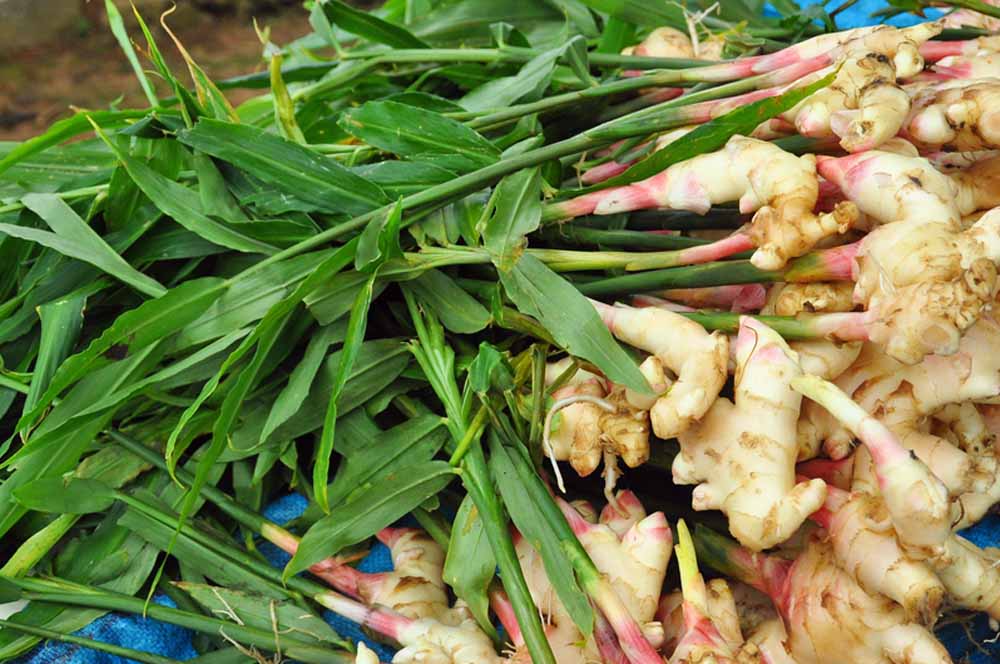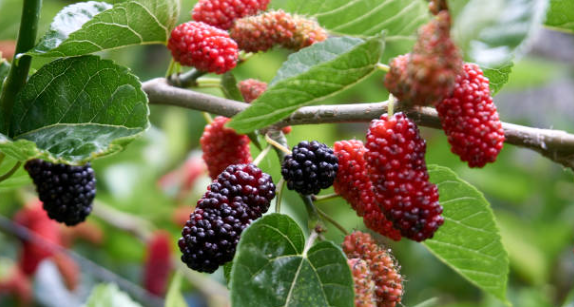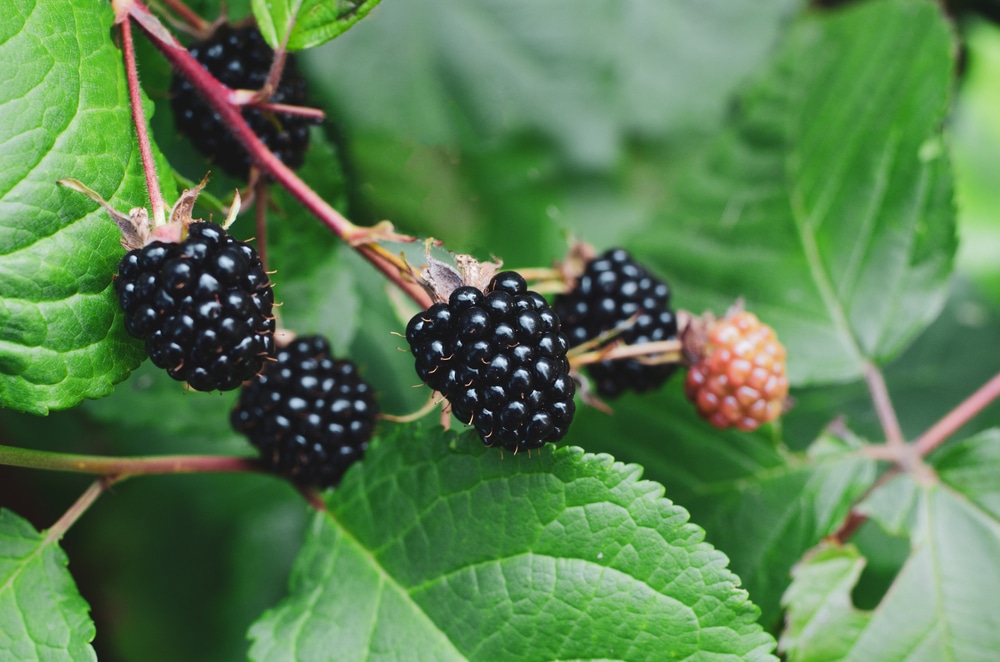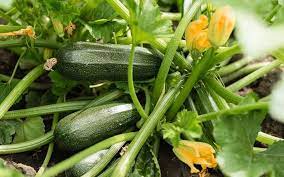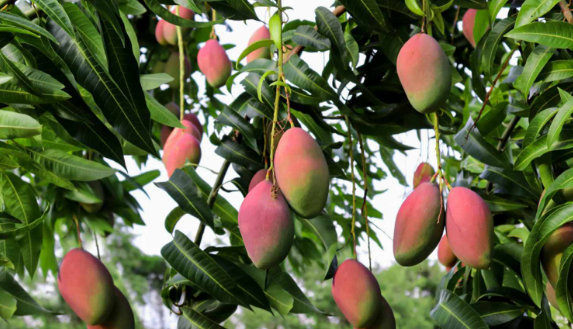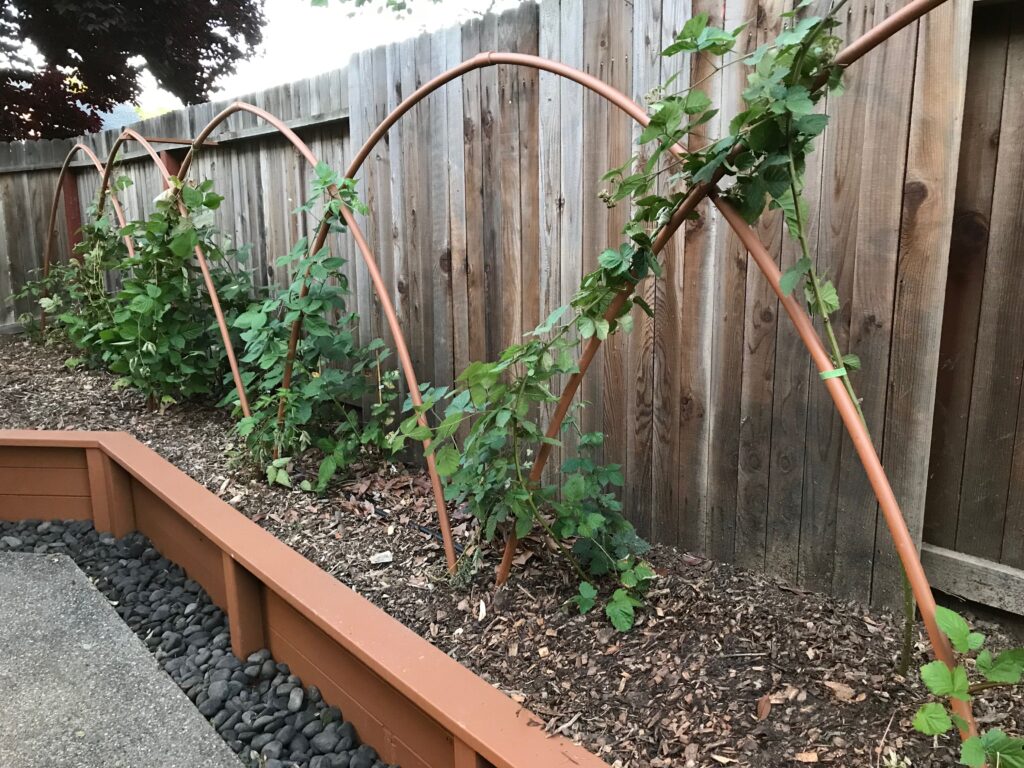Watermelon plants have a special and wide-reaching root system that’s very important for their health and how well they grow. If you know how far down the roots of a watermelon go, you can make sure the plants get all the nutrients and water they need. This guide will help you learn about the depth of watermelon roots, what affects their growth, and how you can help them reach their full potential.
Table of Contents
- How Far Down Do Watermelon Roots Go?
- Normal Depth of Watermelon Roots
- Soil Condition and Watermelon Varieties
- Learning About Watermelon Plant Roots
- The Structure of Watermelon Roots
- What Do Watermelon Plant Roots Do?
- How Different Things Affect Watermelon Root Depth
- How Big and Thick the Roots Get
- Things That Change How Deep Roots Can Go
- Best Soil Conditions for Strong Watermelon Roots
- Soil Quality and Texture
- Keeping the Soil Moist
- Soil Warmth
- Soil pH
- How to Get Watermelon Roots to Grow Deep
- Planting the Right Way
- Watering Deeply
- Mulching
- Fertilizing Wisely
- Why Deep Roots Are Good for Watermelons
- Conclusion
- FAQs
- How long does it take for watermelon roots to reach their maximum depth?
- Can watermelon roots damage underground pipes or structures?
- Is it possible to grow watermelons in containers with limited root depth?
- How can I tell if my watermelon plant has deep roots?
- What happens if watermelon roots don’t grow deep enough?
- Do watermelon roots spread horizontally?
- Can watermelon roots tolerate drought conditions?
- How can I protect watermelon roots from diseases and pests?
- Should I plant watermelons far from buildings and other structures?
- Is it okay to grow watermelons in pots that don’t have much space for roots?
- How do I know if my watermelon plant’s roots are deep?
- What if the roots of my watermelon don’t go deep enough?
- Do the roots of watermelons grow out to the sides as well?
- Can watermelon roots handle not having much water?
- How do I keep watermelon roots safe from sickness and bugs?
How Far Down Do Watermelon Roots Go?
The roots of watermelon plants can dive down into the soil at various depths, depending on the type of soil they’re in and how old the plants are. Usually, their roots will go down many feet, with a main root called the taproot holding the plant in place and smaller roots spreading out to find water and food.
Normal Depth of Watermelon Roots
In soil that’s just right and drains well, the roots of watermelon plants can reach down about 24 inches. Roots that go deeper give the plants more stability, better access to water, and they’re able to soak up more nutrients.
Soil Condition and Watermelon Varieties
The kind of soil greatly affects how deep the roots of a watermelon plant can go. In sandy soils that don’t hold water too tight, roots can grow more deeply. On the other hand, heavy clay soils might be too hard and wet, which can cause the roots to stay more shallow.
Different kinds of watermelon also matter because some types are just better at growing long roots that can reach further into the ground for water and food.
Learning About Watermelon Plant Roots
The Structure of Watermelon Roots
To understand how deep the roots of watermelon plants can go, it’s good to know what makes up their root system. They have a big central root called a taproot and lots and lots of smaller roots that grow sideways from it.
The taproot is the most important root, coming straight down from the seed, and helping to hold the watermelon plant in place. The sideways or lateral roots spread out from the taproot through the soil.
What Do Watermelon Plant Roots Do?
Watermelon roots have several very important jobs:
They help the plant stand firm in the earth, holding it straight and stable.
Roots take in water and the food plants need from the soil, which helps them grow and make the fruits we like to eat. They also move these important things around to different parts of the plant.
How Different Things Affect Watermelon Root Depth
How Big and Thick the Roots Get
The size and spread of watermelon roots can change, influenced by stuff like how mature the plant is.
When the plant is young, its roots focus on tree-building a strong and deep central root. Later, as the plant gets bigger, more roots grow out to the sides to hunt for water and food.
Things That Change How Deep Roots Can Go
A few factors can affect how deep the roots of watermelon plants can grow:
- Soil Type and Texture: Soft, well-drained soil helps watermelon roots grow deep and strong. Sandy or loamy soils, which are mixtures of sand, small rocks, and clay, are best. These soils should also have things like compost to help roots grow better.
- How Wet the Soil Is: The soil needs just the right amount of water; not too much and not too little. If there’s not enough water, the roots can’t grow down deep. But too much water isn’t good either, because then the plant could get sick. It’s important to water the right way and use something like mulch to help keep the moisture level just right.
- Temperature of the Soil: Warm soil is what watermelon plants like best. They do well when the ground is between 70°F and 95°F (21°C and 35°C). Soil that’s at a good temperature makes the roots want to grow deeper.
- How Acidic the Soil Is: Watermelon plants like soil that’s a bit acidic or just in the middle, with a pH between 6.0 and 7.5. If the soil is too acidic or not acidic enough, the roots may not grow right and the plant won’t get what it needs from the soil.
If you take care of these things, you can help create the best environment for your watermelon roots to grow deep and healthy.
Best Soil Conditions for Strong Watermelon Roots
For the roots of watermelon plants to grow deep, they need the right soil conditions. Below are important points to keep in mind:
Soil Quality and Texture
Watermelon plants love soil that drains well. Loam, a mixture of sand, silt, and clay, is great because it drains well but still holds onto the water the plants need. If your soil is too heavy or clay-like, you can add organic matter to make it drain better so that the roots can grow easier.
Keeping the Soil Moist
It’s very important to give watermelon plants enough water all throughout their growth. The soil has to be just the right level of moisture so that the roots can reach down into deeper parts. But be careful not to overwater, since too much can cause problems like diseases in the roots.
Watering the plants deeply and using mulch can help keep the perfect balance of moisture in the soil.
Soil Warmth
Watermelons like it warm, including their roots! Using black plastic mulch or covers can help keep the soil warm, which is good for the roots. Also, planting watermelons in raised beds or using shelters around the plants can make a little warm area that’s perfect for root growth.
Soil pH
For watermelon plants to grow well, they need the right level of soil pH. Test your soil to find out the pH. If it’s too high or too low, you’ll need to change the soil. This is very important for the health of the watermelon roots.
You can add stuff like organic materials to your soil to make the pH better. This gives your watermelon roots the best chance to grow well.
How to Get Watermelon Roots to Grow Deep
There are different ways to make sure your watermelon roots grow deep:
Planting the Right Way
Plant your watermelon seeds or small plants the right way. Make sure to put them into the ground not too shallow and not too deep.
Usually, you should plant them about 1 inch (2.5 cm) deep. This helps the main root, called the taproot, to get started and grow straight down.
Watering Deeply
Watermelons need a lot of water, especially when they are growing. Make sure to water them deeply so the water reaches far into the soil. This helps the roots grow deep, too.
Try not to just sprinkle water on the surface. This can make the roots stay shallow, which isn’t good. Using mulch, like wood chips or straw, can help keep the moisture in the soil so you don’t have to water as often.
Mulching
Mulching is really important for growing watermelons. By covering the soil with mulch, you can keep the water from evaporating, keep the soil at a nice temperature, and stop weeds from growing. All of these things help the roots to grow deeper and the plants to be healthier.
Fertilizing Wisely
Feeding your watermelon plants correctly is super important. Add organic materials like compost to your soil before planting. This gives your plants lots of food to grow.
While the plants are growing, give them a good balanced fertilizer based on what they need. This makes sure the roots can find all the right nutrients to grow strong.
Why Deep Roots Are Good for Watermelons
Watermelon plants do best when their roots can grow deep. This lets them get water and food from way down in the soil. When there isn’t much rain, deep roots are especially helpful because the plants can still get water and keep making fruit.
Conclusion
Knowing about watermelon roots is key if you want to grow them well. If you give them the right soil, plant them properly, and use these tips to help the roots grow deep, your watermelon plants should do great.
Keep an eye on the soil moisture, make sure the pH is okay, and take good care of your plants. With deep and healthy roots, you’ll get really good watermelons to eat.
FAQs
How long does it take for watermelon roots to reach their maximum depth?
Watermelon roots start growing as soon as the seed sprouts. They grow fast in the beginning. In just a few weeks, they’ll get longer and spread out to make a strong root system.
Can watermelon roots damage underground pipes or structures?
Usually, watermelon roots aren’t strong enough to mess up pipes or other underground things. But to be safe, don’t plant them too close to these things.
Is it possible to grow watermelons in containers with limited root depth?
Yes, you can grow watermelons in pots that aren’t very deep. Pick types of watermelons that don’t get too big and make sure they have good soil, enough water, and food to grow well.
How can I tell if my watermelon plant has deep roots?
To check your watermelon’s roots, carefully dig around the plant. Look for big roots that are going down deep into the dirt.
What happens if watermelon roots don’t grow deep enough?
If the roots aren’t deep, the plants might not get enough water and food. This can make the plants grow slowly, the fruits not develop right, and the plants can get sick or be bothered by pests more easily.
Do watermelon roots spread horizontally?
Yes, watermelon roots grow down and out to the sides. As the plant gets bigger, it makes more roots that spread out to help it stay stable and get nutrients from the soil around it.
Can watermelon roots tolerate drought conditions?
Watermelons need enough water to grow right. If there’s a drought, the roots might try to stay closer to the surface where there’s some water, which means they won’t grow very deep.
How can I protect watermelon roots from diseases and pests?
Rotate your crops, which means don’t plant watermelons in the same place all the time. Pick types that don’t get sick easily and make sure water can drain well. Check your plants often and use the right treatments if you find any diseases or pests.
Should I plant watermelons far from buildings and other structures?
Yes, you should plant watermelons a good distance from buildings and other structures. This prevents the roots from causing any damage and ensures that the plants have enough space to grow well.
Is it okay to grow watermelons in pots that don’t have much space for roots?
Yes, you can grow watermelons in pots that have limited space for roots. Just make sure to pick smaller types of watermelons and give them the right soil, enough water, and nutrients they need to grow well.
How do I know if my watermelon plant’s roots are deep?
To find out if your watermelon plant’s roots are deep, dig gently around the plant’s base without harming it. You’re looking for big roots that go down deep into the ground.
What if the roots of my watermelon don’t go deep enough?
If the roots of the watermelon don’t go deep, the plant might have trouble finding enough water and food. This can make the plant grow slowly, make fewer or smaller fruits, and get sick more easily.
Do the roots of watermelons grow out to the sides as well?
Yes, watermelon roots grow both down and out to the sides. As the plant gets bigger, it grows more roots that spread out near the top of the soil. These side roots help the plant stay up and get more food from the soil.
Can watermelon roots handle not having much water?
Watermelon plants need a steady amount of water to grow well, so they’re not very good at dealing with drought. If there’s not enough water, the roots might stay closer to the surface where it’s wetter instead of going deep into the soil.
How do I keep watermelon roots safe from sickness and bugs?
To protect watermelon roots from diseases and pests, it’s a good idea to switch where you plant them every year, use types that don’t get sick easily, and make sure the soil drains well. Also, keep an eye on the plants and use organic or regular treatments right away if you see any signs of problems with roots.
